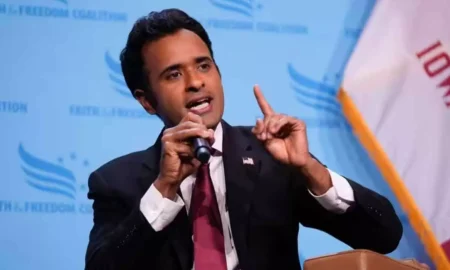Treasury Secretary Yellen has again affirmed that Congress must vote on the matter in order to prevent a debt default and economic disaster.
In her second letter in two weeks, US Treasury Secretary Janet Yellen reiterated June 1 as the X-date, when the government will run out of money. This letter is in line with several statements made by her in the previous months, warning against a debt default which was possible by early June. President Biden and Speaker McCarthy have held talks but the political deadlock appears to persist.
Debt default by June 1
In her letter released on Monday, addressed to Speaker Kevin McCarthy, Secretary Yellen confirmed that if Congress did not act to raise or suspend the debt limit, then the treasury will no longer be able to satisfy all the government’s obligations by early June, and quite possibly by June 1. These estimates were based on the currently available information regarding federal receipts and outlays.
She stated that the treasury’s special estimates could be exhausted days or weeks after the estimates. The deadline will be updated as and when fresh data becomes available.

She invoked memories of past debt crises and warned the government against a similar situation. Waiting until the last minute could cause serious harm to businesses and consumer confidence, raise short-term borrowing costs and negatively impact the country’s credit rating, she wrote. The Treasury’s borrowing costs have increased substantially for securities maturing in early June. She concluded by urging Congress to act as soon as possible to protect the faith and credit of the US.
She mentioned similar points in her letter on May 1. However, while she said that the deadline could be weeks after estimates, her latest letter expresses more certainty of an early June debt default.
Previous government statements
The US had reached its debt limit of USD 31.4 trillion on January 19, as notified by Secretary Yellen.
Post this the Treasury Department began using certain extraordinary measures to ensure that the US does not default on its loans. These measures include redeeming old and suspending any new investments, suspending reinvestments of government securities investment fund and exchange stabilization fund, and suspending the issuance of State and Local Government Securities (SLGS).

In a report released last week, by the US Congressional Budget Office (CBO), if the debt limit remains unchanged, then the debt default date could be reached within the first two weeks of June. The non-partisan department stated that until the debt limit is acted upon then the Treasury can use its cash reserves and the aforementioned extraordinary measures.
President Biden and Speaker McCarthy held talks last week for the first time after their meeting on February 1 but did not have any conclusive results. Talks are slated this week as well before Biden leaves for Japan to attend the G7 summit.
Debt ceiling crisis
The United States debt ceiling is a legislative limit that controls how much debt the government can incur. It was first introduced in 1917 during the First World War, and later in 1939, Congress gave the Treasury power to issue and manage debt subject to the limit voted on by Congress members.

The current debt default crisis has emerged in conflicting views between the Democrats and the Republicans. Republican Speaker Kevin McCarthy has asked for a cut in federal spending in exchange for a raise in the debt ceiling. However, President Biden, a Democrat, sternly refused, stating that the debt limit must be raised with no strings attached.
While talks between the Democrat and Republican Congressional leaders continue, the Treasury has been attempting to manage the debt using extraordinary measures. Corporations in America have also begun planning ways to deal with a potential debt default.
President Biden and Speaker McCarthy are set to host critical talks this week.













